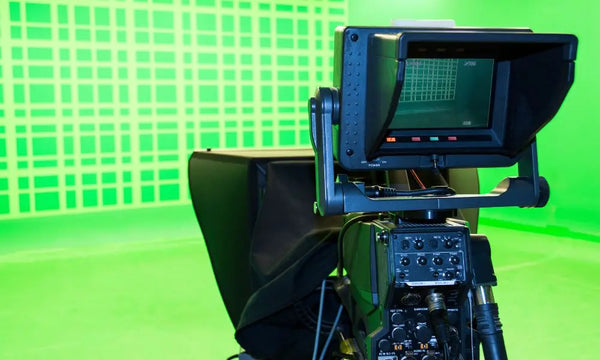
Green Screen vs. White Screen: Which Is Right for You?
Diving into the realm of photography and videography presents a pivotal choice when it comes to the backdrop. Among the plethora of options, the green screen and white screen emerge as dominant players, each offering unique advantages for your creative endeavors. But a burning question remains: which backdrop is the perfect fit for your project, a green screen or white screen?
Let’s navigate through the benefits, applications, and essential considerations of both green and white screens. Make an informed decision that aligns with your vision and project requirements!
Green Screens
Green screens have become a staple in video production, from Hollywood blockbusters to amateur YouTube videos, due to their supreme versatility. However, like any tool, green screens come with their own set of advantages and disadvantages.
Pros:
- Unlimited creative potential: You can set your scene just about anywhere.
- Controlled environment: The screen allows for consistency across shots.
- Efficiency: Editing and post-production are more streamlined, saving valuable time.
Cons:
- Spill issues: Green spill reflected on subjects can require more editing to correct.
- Technical requirements: Proper lighting to avoid spill requires specialized knowledge.
- Lack of interaction: Actors may have difficulty interacting with an imagined environment.
White Screens
As you consider stretching a white screen across your 8x8 photo backdrop with stand, consider how your choice will affect the finished product.
Pros:
- Simplicity in lighting: White screens are often easier to light than green screens.
- Natural look: White offers a clean, neutral background for a variety of scenes.
- Versatility: They’re an excellent choice for projects that need a timeless feel.
Cons:
- Limited flexibility: Dramatic background changes are less feasible with white screens.
- Highlight issues: Overexposure frequently needs correcting in post-production.
- Creative constraints: White screens don’t translate well to dynamic backgrounds.
Making Your Choice
Determining whether a green screen or a white screen is right for you boils down to understanding your project’s specific needs, the desired aesthetic, and the resources available for post-production. If your vision involves placing subjects in dynamic environments or requires special effects, a green screen offers the creative flexibility and depth you need.
On the other hand, if your project aims for a clean look, or if you’re working with limited post-production resources, a white screen can be a more practical choice. It simplifies lighting and shooting while still allowing for some background manipulation and graphical overlays. Ultimately, your decision should align with your project’s creative demands, technical capabilities, and the time you’re willing to invest in post-production to achieve the desired outcome.
